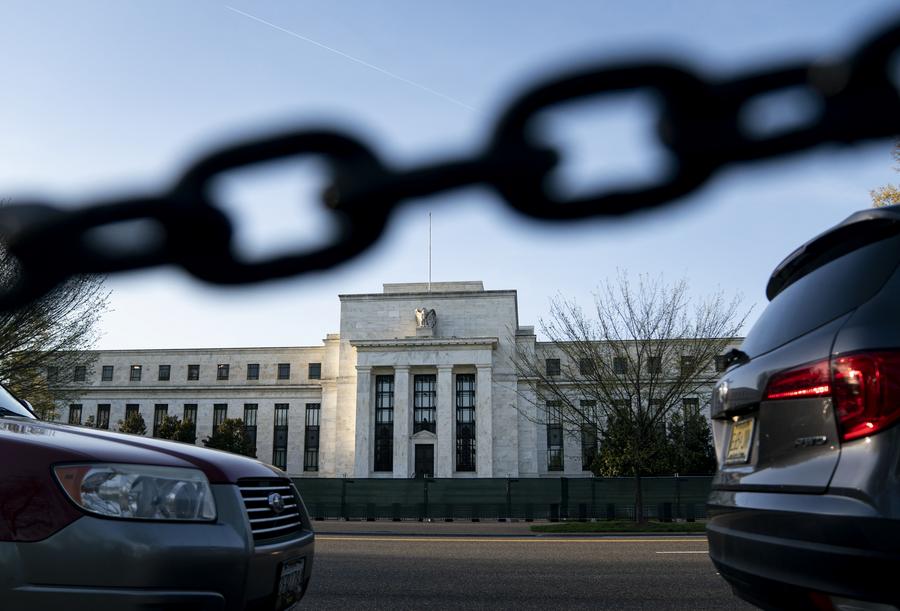Column: Toward a multi-polar international monetary system-Xinhua

by Maya Majueran
A multi-polar international monetary system envisions a global financial architecture in which multiple currencies, rather than a single dominant one such as the U.S. dollar, are widely used for international trade, finance, and as reserve assets. This model fosters a multi-currency ecosystem, enabling more balanced economic distribution across regions.
The U.S. dollar has served as the world's primary reserve currency since the 1944 Bretton Woods Agreement, which pegged other currencies to the dollar, and the dollar to gold. Even after the United States abandoned the gold standard in 1971, the dollar retained its dominant role bolstered by the sheer size and stability of the U.S. economy.
The dollar's dominance has persisted largely because no viable alternative has emerged. It continues to account for approximately 58 percent of global foreign exchange reserves, more than 80 percent of global trade finance, 48 percent of SWIFT transactions, and 66 percent of international debt issuance. No other currency matches the dollar's reach across all these dimensions.
However, the dollar's dominance is slowly eroding. Its share of global foreign exchange reserves has fallen from 65 percent a decade ago to around 58 percent today. Similarly, foreign ownership of U.S. Treasury securities has dropped sharply from 50 percent in 2014 to about one-third today.
Multiple forces are driving this transition. Emerging markets are diversifying their reserve portfolios. Bilateral trade in local currencies is gaining momentum. And the weaponization of the dollar particularly through sanctions is prompting the building of parallel financial systems. These shifts are being further accelerated by growing geopolitical tensions and fragmenting trade relationships.
One of the most acute global consequences of dollar dependence is the spillover effect of U.S. monetary policy. When the U.S. Federal Reserve raises interest rates to manage domestic inflation, it tightens financial conditions worldwide. A stronger dollar makes imports more expensive for other countries, especially those that pay for trade in dollars, pushing up inflation globally.
Additionally, many developing countries and corporations borrow heavily in dollars. When the dollar strengthens, debt repayments become more expensive in local currencies, intensifying economic strain.

Higher U.S. interest rates also trigger capital outflows from emerging markets, as investors shift their funds toward higher-yielding U.S. assets. This drains capital from developing economies, weakens their currencies and destabilizes local stock markets.
In response, many countries are pivoting away from dollar dependence. Bilateral trade in local currencies is on the rise, reducing exposure to exchange rate fluctuations. Currency swap agreements where central banks exchange local currencies to settle trade without using the U.S. dollar are becoming increasingly common. Simultaneously, some countries are piloting Central Bank Digital Currencies (CBDCs) for cross-border payments, offering a path to bypass traditional dollar-based systems altogether.
It is envisioned that a multi-polar system would be supported by a diverse group of currencies, including the yuan, the euro, the Indian rupee and others, better reflecting the shifting geopolitical and economic realities. Such a system could enhance global monetary stability, reduce systemic risk, and provide nations with greater autonomy in managing international transactions. It would also dilute the geopolitical leverage that comes with dependence on any single dominant currency.
In the long term, developing a multi-polar international monetary order will help strengthen policy discipline among major currency issuers, bolster systemic resilience, and contribute to a more stable and equitable global financial system.
Editor's note: Maya Majueran currently serves as the director of Belt & Road Initiative Sri Lanka, an independent and pioneering organization with strong expertise in Belt and Road Initiative advice and support.
The views expressed in this article are those of the author and do not necessarily reflect the positions of Xinhua News Agency. ■







